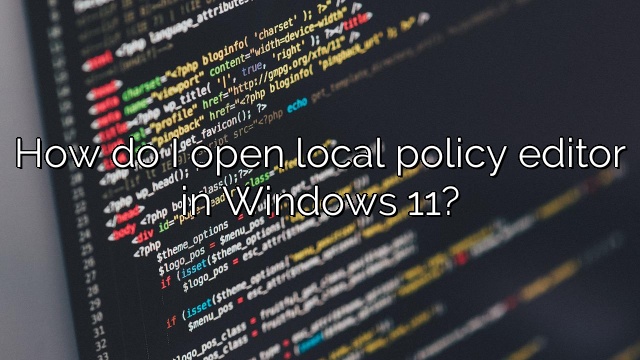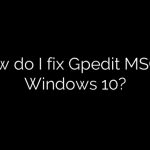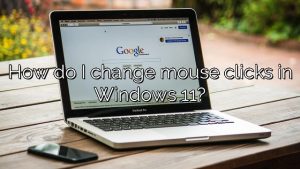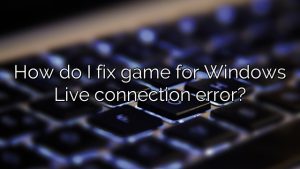
How do I open local policy editor in Windows 11?
Click the Start button and type Gpedit. msc, and you should see the tool appear in the result click on it (or use the Run command with Win + R, followed by Gpedit. msc), and you will be able to access the Group Policy Editor.
How do I open local policy editor in Windows 11?
Open Windows Search using the Local Group Policy Editor.
On Windows 11, press Windows Media Channels + S on your keyboard or click/tap on the magnifying glass icon in the taskbar header to open the corresponding search box. Then sometimes type gpedit or group policy and the result should appear as an option.
How do I open the Local Group Policy Editor?
To open gpedit. msc from the run window, press the Windows key + R to open the run window. Then simulate gpedit. msc” and press Enter to open the Local Group Policy Editor.
Does Windows 11 have Gpedit?
Windows 11 has an interesting feature called “Group Policy Editor” (Gpedit.msc) that is used and inspects, configures, and makes changes to contain policy group configurations.
How to access Group Policy Management editor?
Windows 10, 8, 8.1 users can use Command Prompt to actually access the Local Group Policy Editor: press Windows logo key + X key combination.
Select Command Prompt (Admin) from the shortcut menu.
Type gpedit.msc and press Enter.
What is Local Group Policy?
The group does not, and never does, endorse specific policy changes, but believes that the improvement in the state’s financial position has provided a good opportunity to discuss issues that have caused tensions between local governments and the state in question. . “Our point is .here .there .where .
How to get to Group Policy?
Open the Local Group Policy Editor from the start menu and also from the taskbar. Repeat the steps for 10 ways to create a shortcut.
Right-click the shortcut and select Pin to pin or launch the taskbar.
Click Notepad on the Start menu icon or taskbar.
How do I open the Local group policy Editor in Windows 7?
Open the local group editor policy simply by using the Run window. Here is another way to open the Local Group Editor policy: Press Windows + R on your keyboard to open the Run window. Then type gpedit. msc and additionally press the keyboard type, i.e. press OK.
How do I open the Local Group Policy Editor in Windows 8?
Expand gpedit from the Windows 8 msc start screen, then select gpedit from the search results. Press Windows Logo + R to open the Run dialog, type gpedit. msc, then press Enter as well.
How do I open the Local Group Policy Editor in Windows 7?
Open the Local Group Policy Editor using the Run window. Here’s another way to open the Local Group Policy Editor: Press Windows + R on your keyboard to open the Run window. Then some gpedit. msc and press Enter on your keyboard or click OK.
How do I open the Local group policy Editor in Windows 8?
On the Windows 8 start page, type gpedit. msc, then display gpedit in the search results. Press the Windows logo + R to open the Run dialog, type gpedit. msc, then press Enter.
Can local group policy override domain group policy?
Local insurance policies replace domain policies. It could be some group settings program that changed the settings, like this watermark, and persists even after GPP is uninstalled. You may need to check the registry. Can I move it to a completely clean OU and start from there?
What is the difference between a local group policy and a domain group policy?
five answers. Local policy applies only locally to most computers. Group policy, which can be applied to all computers in a spatial network depending on settings, security policies, filters, etc., is applied locally locally on a computer if you are connected to a workgroup, for example.
How do I open the Local Group Policy Editor?
Open the Local Group Policy Editor from the Start Menu. Control Panel Open the Control Panel from the Start menu. Click one of the Windows icons in the toolbar, then click the Settings widget icon. Start typing “Group Policy”, maybe “gpedit” and click “Edit Group Policy”.

Charles Howell is a freelance writer and editor. He has been writing about consumer electronics, how-to guides, and the latest news in the tech world for over 10 years. His work has been featured on a variety of websites, including techcrunch.com, where he is a contributor. When he’s not writing or spending time with his family, he enjoys playing tennis and exploring new restaurants in the area.










